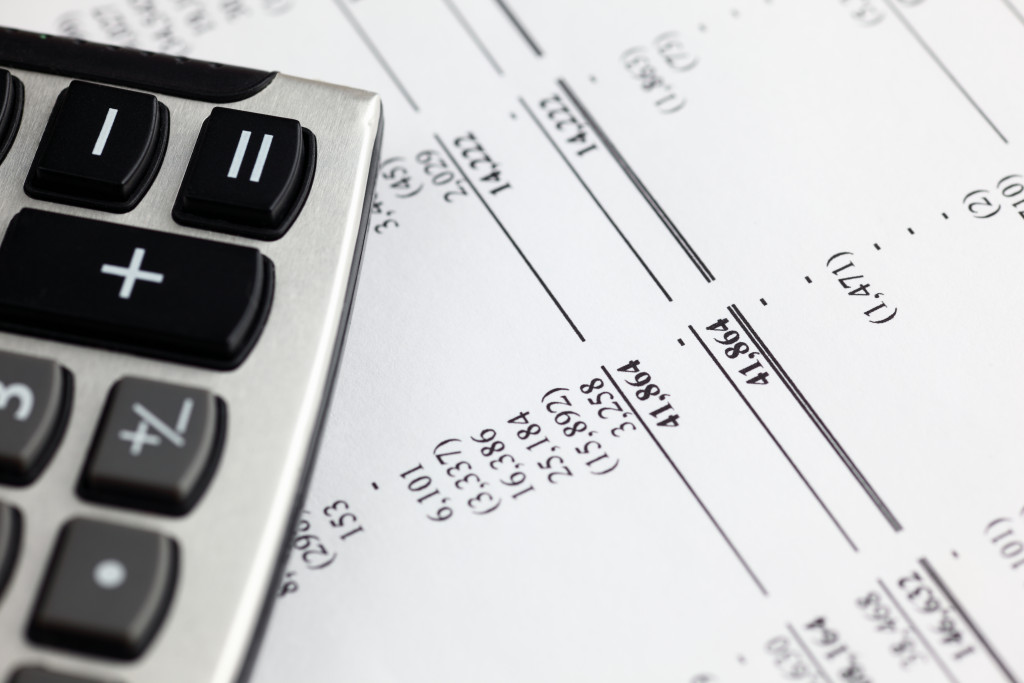Entrepreneurs rely on finances to run a business. An Ewing Marion Kauffman Foundation study found that 78 percent of companies started with less than $5,000. And while small businesses account for 99.7 percent of all companies in the United States, they also account for 60 percent of all jobs.
This reliance on finances is understandable, given the many expenses associated with running a business. These costs include marketing and advertising, employee salaries, rent or mortgage payments, and supplies.
Despite these expenses, financing is still critical for businesses of all sizes. A study by the Federal Reserve Bank of New York found that companies that received funding were more likely to survive than those that did not. Businesses denied financing were five times more likely to go out of business within two years.
So if you’re an entrepreneur in debt and seeking financing to keep your business afloat, don’t be discouraged. Here are a few tips to help you with the process.
Small Business Loans
Many entrepreneurs have a relationship with small business loans. Those financial tools can meet the needs of small businesses, which often have difficulty securing financing through traditional channels.
Several small business loans include term loans, lines of credit, and SBA-backed loans. Each has its own set of eligibility requirements and repayment terms.
For example, term loans are typically used for large purchases or expansions and have fixed interest rates and monthly payments. On the other hand, lines of credit can be used for day-to-day expenses and provide flexibility in how you repay the debt. You only pay interest on the portion of the line of credit that you use.
The U.S. Small Business Administration guarantees SBA-backed loans and typically has lower interest rates and longer repayment terms than other types of loans. Your business must meet specific size requirements to qualify.
Crowdfunding
Crowdfunding has become a popular way to finance a business. This method of financing allows you to raise money from a large number of people, typically through an online platform.
There are several types of crowdfunding, including rewards-based crowdfunding, equity crowdfunding, and debt crowdfunding. With rewards-based crowdfunding, backers receive perks or rewards for their contributions. Equity crowdfunding entails selling a stake in your company to investors in exchange for funding. And with debt crowdfunding, also known as peer-to-peer lending, you receive loans from individual investors and repay the debt with interest.
To be successful with crowdfunding, you need to have a well-crafted pitch and an extensive network of potential backers. You’ll also need to choose the right platform for your business. Some popular crowdfunding platforms include Kickstarter, Indiegogo, and GoFundMe.
Personal Loans
Personal loans are another option if you’re an entrepreneur in debt. These loans can be for various purposes, including starting or expanding a business.

Personal loans typically have fixed interest rates and monthly payments. The loan terms depend on the lender, but they usually range from two to seven years. You’ll need good credit and a steady income to qualify for a personal loan.
You can apply for a personal loan from a bank, credit union, or online lender. If you have good credit, you may be able to get a loan with a low-interest rate. But if your credit isn’t as good, you may have to pay a higher interest rate.
Filing Bankruptcy
While loans can be helpful, they are not your money to spend. They will be beneficial when trying to expand your business, but you must ensure you can pay them off. You might have to take immediate action to prevent crippling debt if you don’t.
Bankruptcy may be an option if you’re unable to repay your debts. This legal process allows you to reorganize your finances and eliminate some of your debt.
Two types of bankruptcy may apply to your business: Chapter 7 and Chapter 11. Chapter 7 bankruptcy involves the liquidation of your assets to repay creditors. With Chapter 11 bankruptcy, you can reorganize your business and create a repayment plan to repay creditors over time.
Both types of bankruptcy have pros and cons, so you must consult a reliable bankruptcy attorney to determine which is right for your business.
No matter what type of debt relief option you choose, creating a plan for repaying your debts is essential.
Final Thoughts
Debt can be a tool to help you grow your business. But it’s essential to understand the different types of debt and how to manage it properly.
If you’re struggling to repay your debts, options are available to help you get back on track. These options include loans, personal loans, bankruptcy, and more. You must evaluate each option carefully to determine which is right for your business.
Creating a plan for repaying your debts is essential, regardless of your choice. With a solid plan, you can get your business back on track and avoid financial ruin.



